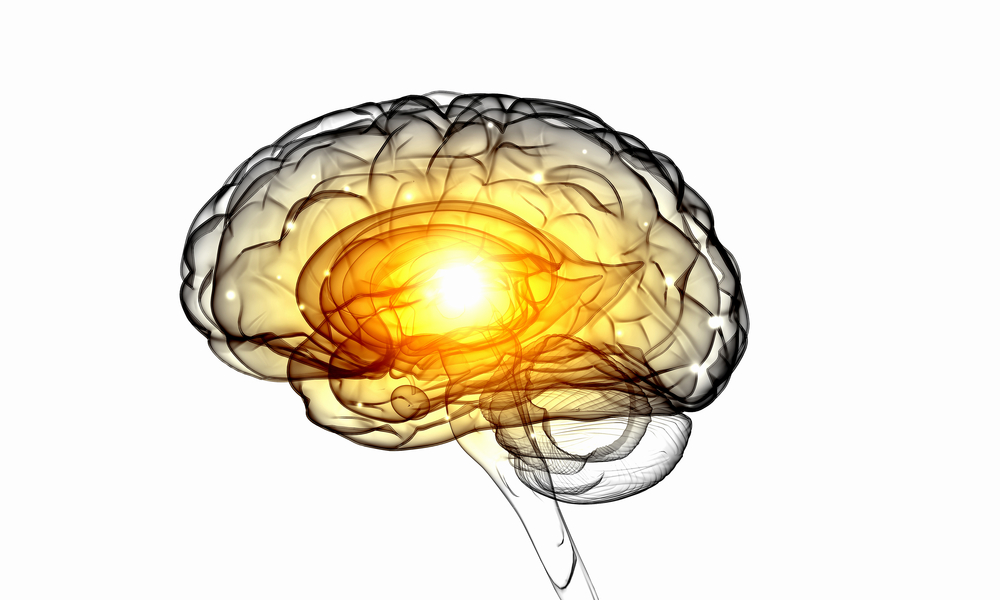Niagen Treatment Leads to Improvements in Alzheimer’s Mouse Model, Study Reports

A form of vitamin B3 was found to prevent brain damage and improve memory and physical function in a new mouse model of Alzheimer’s disease, suggesting a possible new target for treatment.
Mice given ChromaDex’s Niagen (nicotinamide riboside, or NR) — a unique member of the vitamin B3 family — exhibited a wide range of benefits, which researchers attribute to the rejuvenating effect of the compound on stem cells in the brain and muscles.
Titled “NAD+ supplementation normalizes key Alzheimer’s features and DNA damage responses in a new AD mouse model with introduced DNA repair deficiency,” the study appeared in the journal Proceedings of the National Academy of Sciences.
The new mouse model mimics human Alzheimer’s more closely than existing alternatives. Mice exhibit brain alterations observed in humans with the disease, such as aggregates of an intracellular protein called tau, dysfunction of synapses, neuronal death, and cognitive impairment.
The transgenic mice also have reduced levels of a molecule called NAD+, indicating impaired energy metabolism in the brain. NAD+ is responsible for maintaining the proper function of mitochondria, the cell’s power supply, enabling stem cell renewal, and boosting neuronal defenses.
However, NAD+ levels decline with age, which may lead to DNA damage in the brain and contribute to Alzheimer’s disease.
Mice were given NR — a source of NAD+ — in drinking water over three months. Animals receiving NR had reduced tangles in their brain, less DNA damage, increased production of new neurons from stem cells, reduced neuronal damage and death, and greater neuroplasticity, a process that enables the modification of brain circuits by experience and learning.
In the hippocampus — an area of the brain critically affected in people with dementia — NR appeared to either eliminate existing DNA damage or prevent it from spreading.
NR increased NAD+ levels in the cerebral cortex, suggesting the compound enters the brain when taken orally. “Interventions that bolster neuronal NAD+ levels therefore have therapeutic potential for Alzheimer’s disease,” the researchers wrote.
NR treatment also improved mice behavioral and memory tests, as well as endurance, muscular and grip strength, and gait.
“We are aware of two human trials on mild cognitive impairment that are in progress. Data from these studies should pave the way for additional human clinical trials,” Frank Jaksch, ChromaDex’s founder and CEO, said in a press release.
Findings add to the growing evidence supporting the use of NR to treat Alzheimer’s disease. In a recent study, NR treatment led to lower levels of amyloid aggregates, improved mitochondrial energy production, and improved memory in mice models of Alzheimer’s disease.
Niagen is currently being used across approximately 130 programs in 34 areas of research, such as brain and heart health, inflammation, and immunity. Data from preclinical studies and completed clinical trials have demonstrated that Niagen efficiently boosts NAD levels.
Two clinical studies on Niagen in brain function and cognition (NCT03482167, NCT02942888) are either recruiting or soon initiating patient enrollment.
“We will continue to support research that validates Niagen as a weapon against conditions associated with aging,” said Robert N. Fried, president and COO of ChromaDex.
This study was a collaboration between ChromaDex and the National Institute on Aging (NIA), part of the National Institutes of Health (NIH). Results were first announced in an NIH news release.






